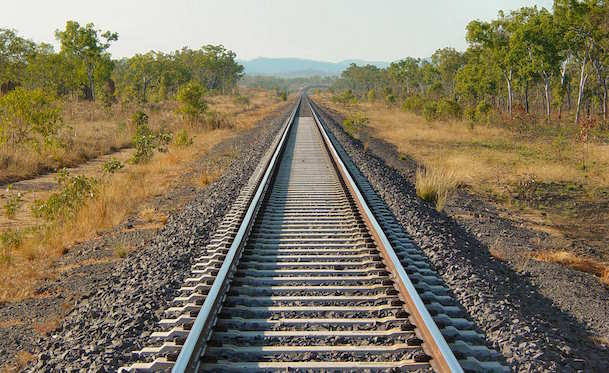22 July 2016
By Stephen Koukoulas
As Australian government bond yields fall to record lows, debate is hotting up over whether the government should take advantage of these low borrowing costs to increase infrastructure spending.
Such ideas are based on a nice sentiment, but fall short of sound criteria for big spending. If infrastructure is needed, if it is an essential element for aiding productivity and equity, then it should be done based on a proper cost-benefit analysis regardless of the borrowing costs.
It would be absurd to think that infrastructure spending on power generation, roads, rail and ports would not occur simply because interest rates were high.
It is a similar story with low interest rates. Why borrow and build infrastructure that may not do much to boost productivity, efficiency and equity just because 10-year government bond yields are at 2%?
To see how infrastructure spending driven by low interest rates can go badly wrong, one only has to look at the experience in Japan.
Japan has used its extraordinarily low interest rates over many years to try to kickstart economic growth with huge infrastructure spending. While the stimulus was helpful for the companies building the infrastructure and the workers on the projects, the legacy is a series of hopeless white elephants and extraordinary debt levels that make fiscal policy impotent.
According to Reuters, despite being the 61st largest country by land mass, Japan has the fifth longest road network in the world, which is in large part a legacy of a series of road-building programs. Many roads either go nowhere or have no traffic.
A program to build another airport near Tokyo was seen as a means of boosting activity and allowing low-cost carriers into Japan. It was seen to be good for tourism. Six years after Ibaraki airport was opened, it handles an average of six flights a day.
Borrowing costs and the immediate effects on the economy are a small part of any discussion of the interplay between infrastructure spending and government borrowing costs.
To be sure, important and well considered spending is more attractive when interest rates are low. But it must be the legacy of each project that is the benchmark for determining whether to do it.
In Australia, there is clearly a range of projects that should be undertaken regardless of interest rates. Urban public transport projects, specific port and rail facilities and upgrading roads to cope with the growing population are some priorities. Repairing the bastardised NBN is another, although unfortunately this seems unlikely given the politics, rather than the economics, of the project.
The current low inflation, low growth environment would be a reason to fast track projects that clearly do have lasting benefits. The Baird government in New South Wales has been active in its infrastructure spending and the state will be better for it.
The second Sydney airport is long overdue and it was good news when approval was finally given. But rather than construction being fast-tracked, it is being planned and built at a cumbersome pace.
This is a more pressing infrastructure problem than the borrowing costs incurred to fund it. To link interest rates to the need to build infrastructure is to ignore whether the infrastructure is necessary and will leave a positive legacy for the economy. Of course, low interest rates lower the threshold cost for some projects, but if a road or an airport or a train line needs to be built because it will improve productivity, efficiency and equity, just do it.

